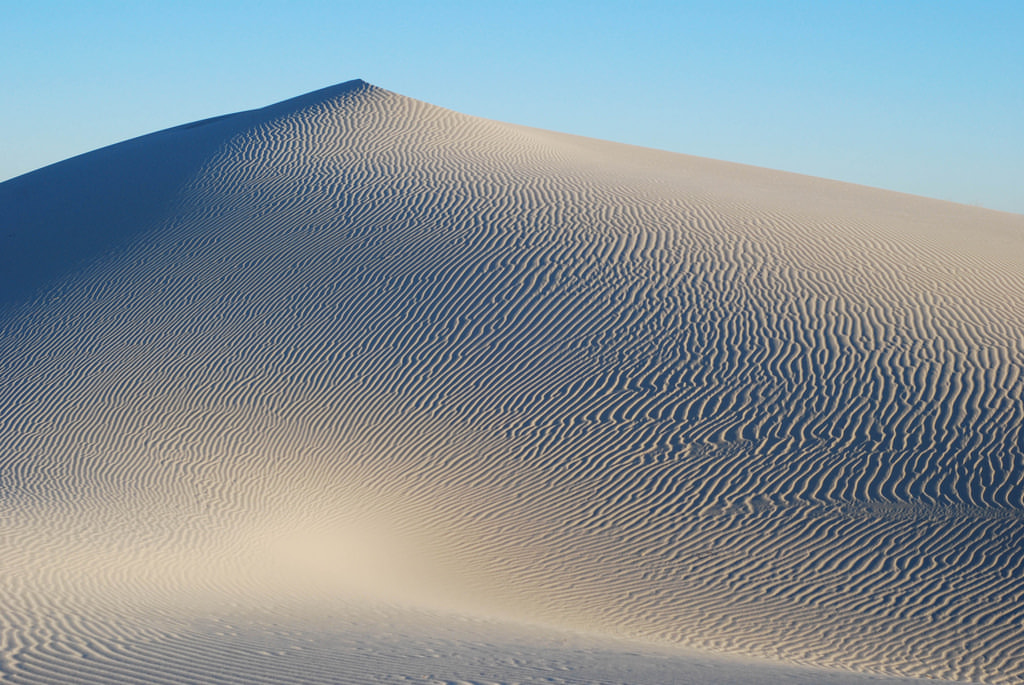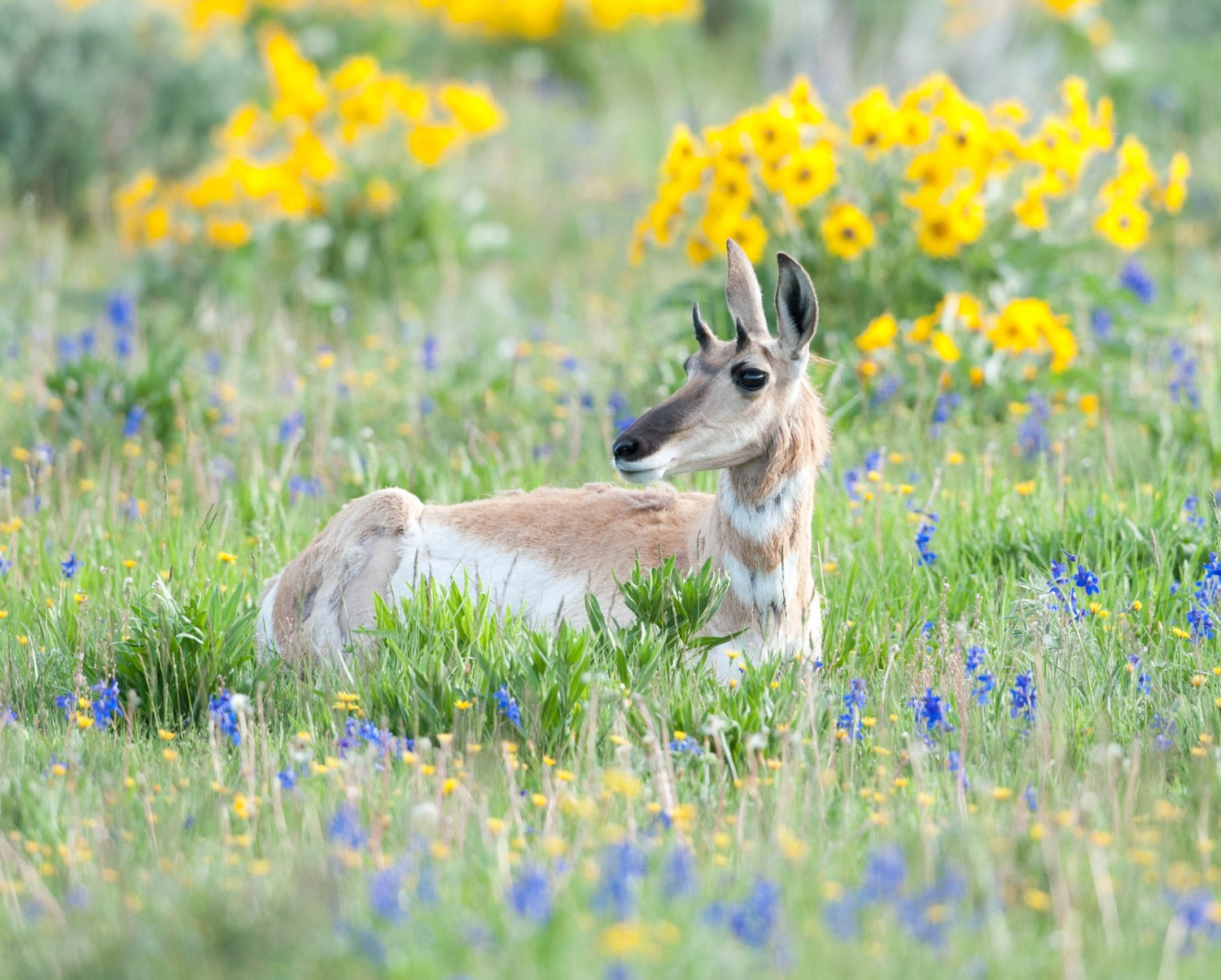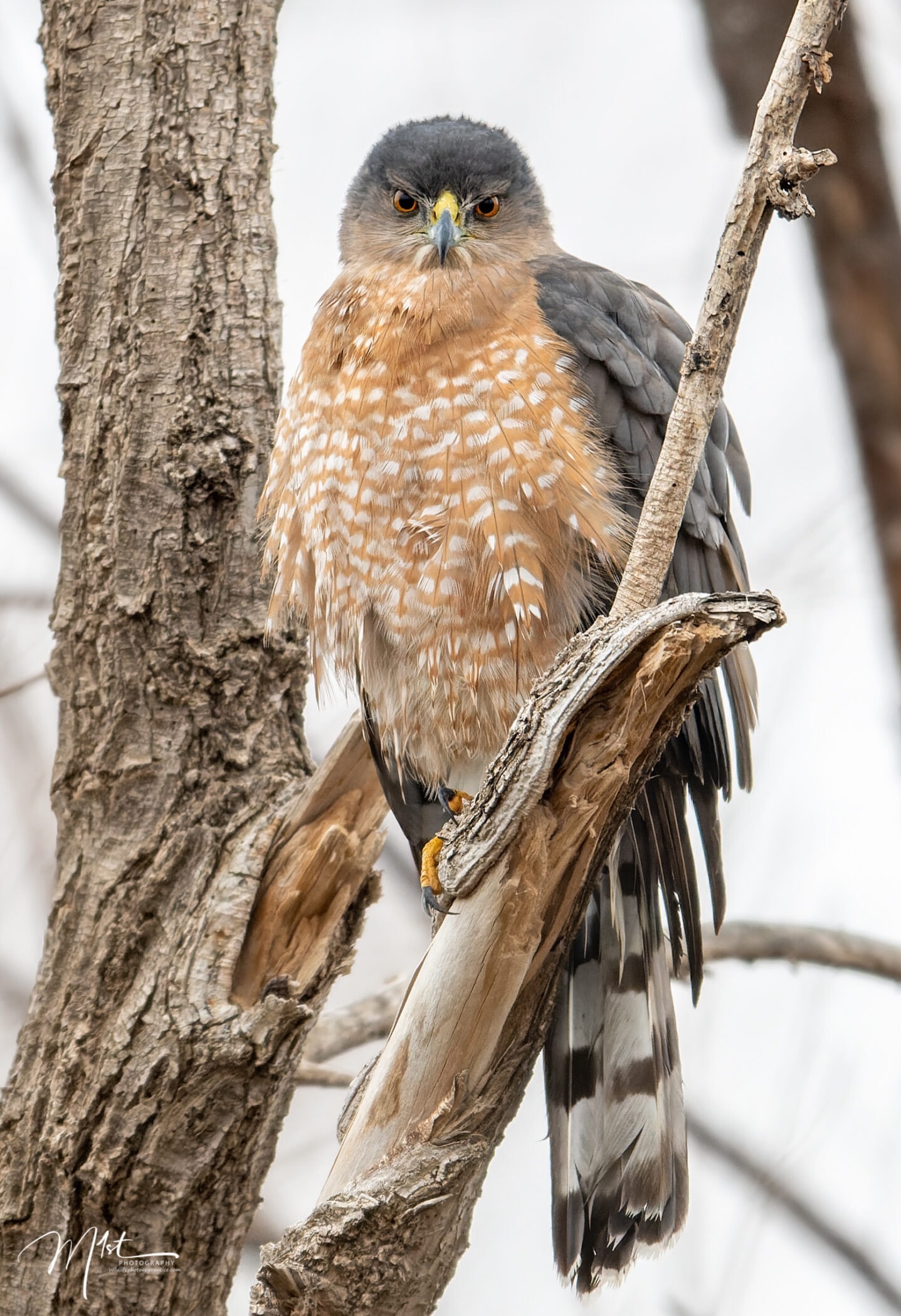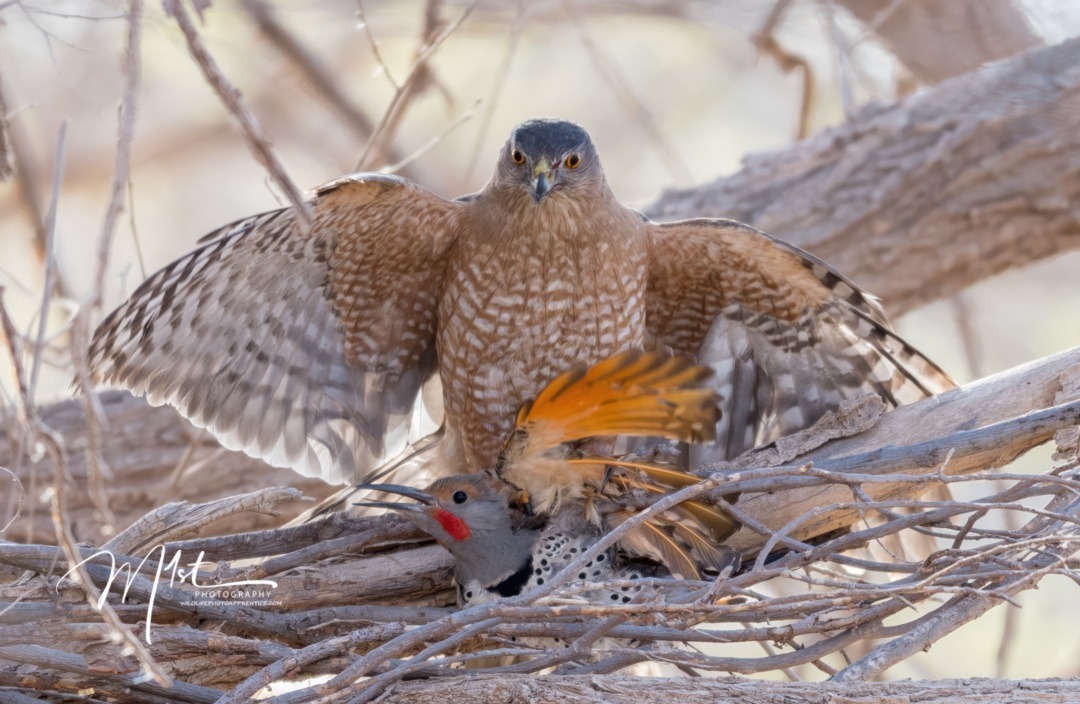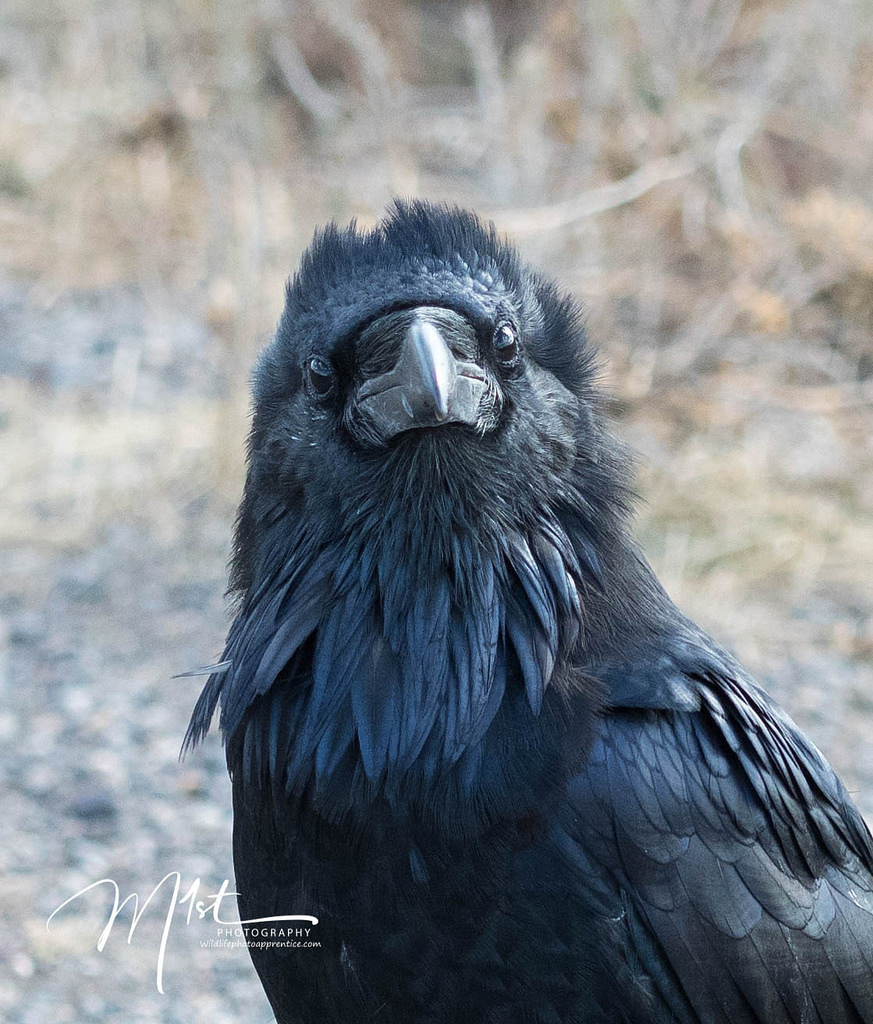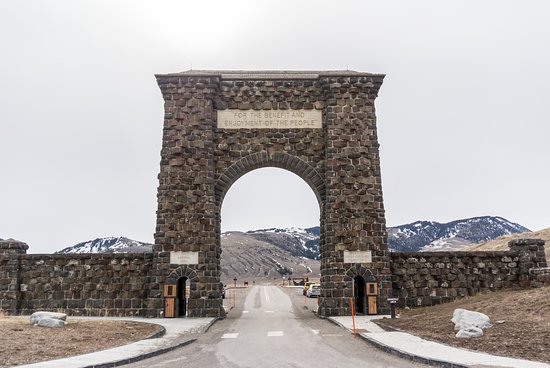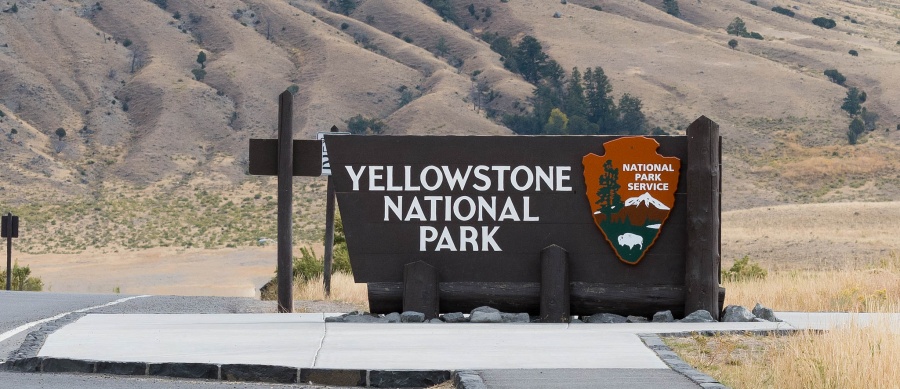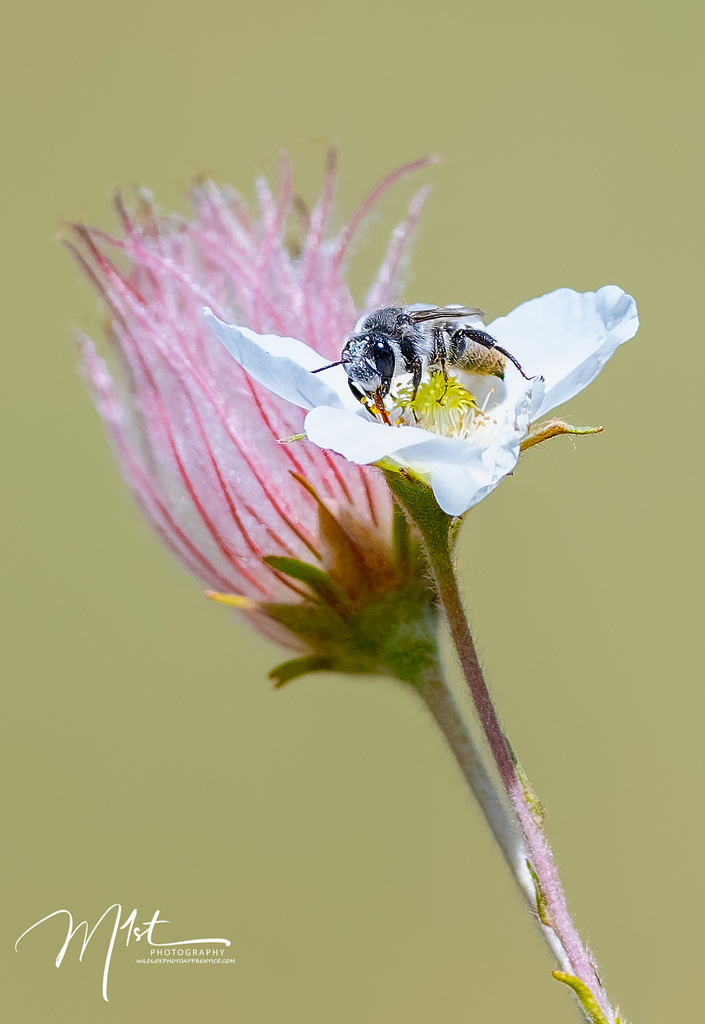John Muir once said, “Climb the mountains and get their good tidings. Nature’s peace will flow into you as sunshine flows into trees. The winds will blow their own freshness into you, and the storms their energy, while cares will drop away from you like the leaves of Autumn.” For my entire life, my family has had a vacation home in northern New Mexico. It was there that I developed my love of the great outdoors. I spent many summers there backpacking and fishing and grew to love the mountains. As a result, through the years I have visited a number of National Parks, but from an early age, I’ve had a dream to visit the grandfather of all National Parks, Yellowstone. Having an interest in Wildlife Photography as I do, requires one to make a pilgrimage to certain places in their lifetime and pay homage to these iconic Wildlife Photography locations, of which Yellowstone is the most iconic in the US. Recently I realized my dream. I took a week off, grabbed my wife, loaded up my camera equipment, and went to the mountains of Yellowstone to “get their good tidings.”

Continue reading “Yellowstone, a Wildlife Photographer’s pilgrimage.”
